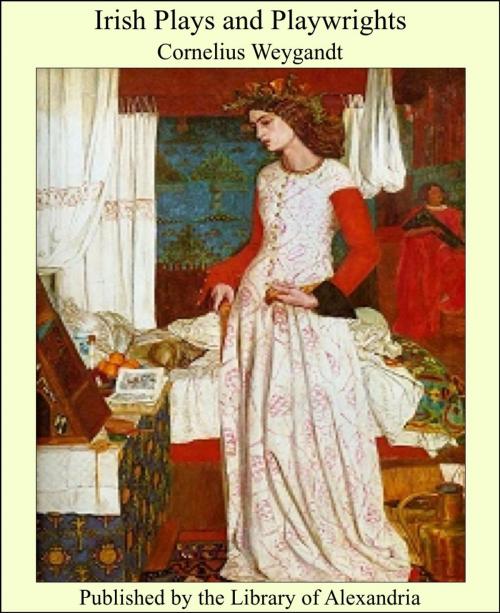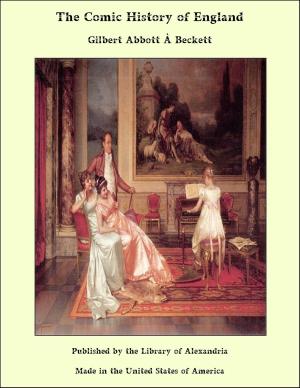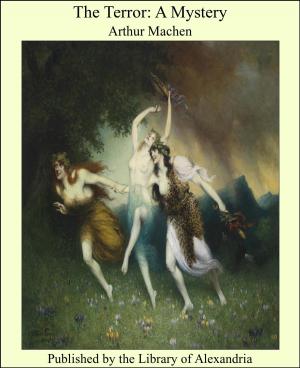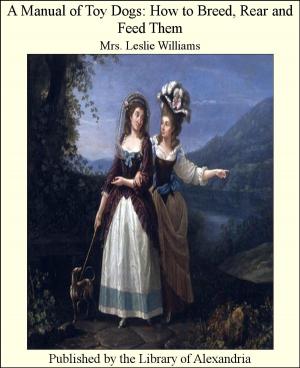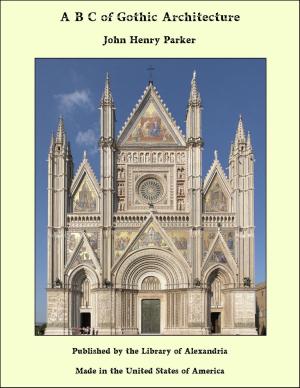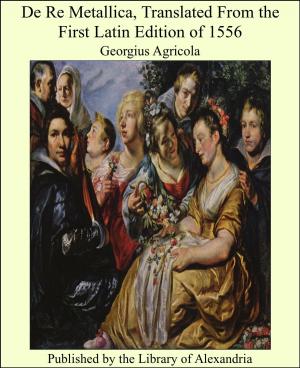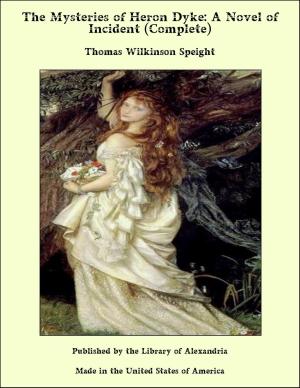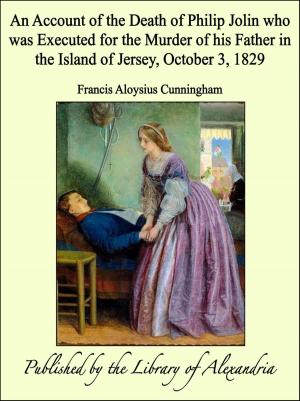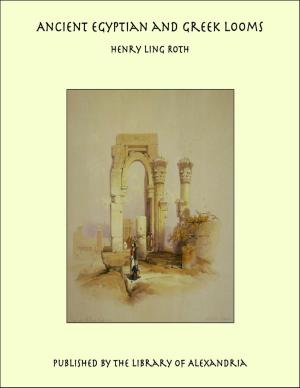Irish Plays and Playwrights
Nonfiction, Religion & Spirituality, New Age, History, Fiction & Literature| Author: | Cornelius Weygandt | ISBN: | 9781465538499 |
| Publisher: | Library of Alexandria | Publication: | March 8, 2015 |
| Imprint: | Language: | English |
| Author: | Cornelius Weygandt |
| ISBN: | 9781465538499 |
| Publisher: | Library of Alexandria |
| Publication: | March 8, 2015 |
| Imprint: | |
| Language: | English |
The Celtic Renaissance To the general reader the Celtic Renaissance was a surprise, and even to Irish writers deeply interested in their country the phenomenon or movement, call it which you will, was not appreciated as of much significance at its beginning. Writing in 1892, Miss Jane Barlow was not hopeful for the immediate future of English literature in Ireland;—it seemed to her "difficult to point out any quarter of the horizon as a probable source of rising light." Yet Mr. Yeats had published his "Wanderings of Oisin" three years before; Mr. Russell had already gathered about him a group of eager young writers; and Dr. Hyde was organizing the Gaelic League, to give back to Ireland her language and civilization, and translating from the Gaelic "The Love Songs of Connacht" (1894) into an English of so new and masterful a rhythm, that it was to dominate the style of many of the writers of the movement, as the burden of the verse was to confirm them in the feelings and attitudes of mind, centuries old and of to-day, that are basic to the Irish Gael. Even in 1894, when Mrs. Katherine Tynan Hinkson wrote the article that for the first time brought before America so many of the younger English poets, all that she said of the Renaissance was, "A very large proportion of the Bodley Head poets are Celts,—Irish, Welsh, Cornish." She had scarcely so spoken when there appeared the little volume, "The Revival of Irish Literature," whose chapters, reprinted addresses delivered before she had spoken by Sir Charles Gavan Duffy and Dr. George Sigerson and; Dr. Douglas Hyde, turned the attention of the younger men to literature, the fall of Parnell and the ensuing decline of political agitation having given them a chance to think of something else than politics.
The Celtic Renaissance To the general reader the Celtic Renaissance was a surprise, and even to Irish writers deeply interested in their country the phenomenon or movement, call it which you will, was not appreciated as of much significance at its beginning. Writing in 1892, Miss Jane Barlow was not hopeful for the immediate future of English literature in Ireland;—it seemed to her "difficult to point out any quarter of the horizon as a probable source of rising light." Yet Mr. Yeats had published his "Wanderings of Oisin" three years before; Mr. Russell had already gathered about him a group of eager young writers; and Dr. Hyde was organizing the Gaelic League, to give back to Ireland her language and civilization, and translating from the Gaelic "The Love Songs of Connacht" (1894) into an English of so new and masterful a rhythm, that it was to dominate the style of many of the writers of the movement, as the burden of the verse was to confirm them in the feelings and attitudes of mind, centuries old and of to-day, that are basic to the Irish Gael. Even in 1894, when Mrs. Katherine Tynan Hinkson wrote the article that for the first time brought before America so many of the younger English poets, all that she said of the Renaissance was, "A very large proportion of the Bodley Head poets are Celts,—Irish, Welsh, Cornish." She had scarcely so spoken when there appeared the little volume, "The Revival of Irish Literature," whose chapters, reprinted addresses delivered before she had spoken by Sir Charles Gavan Duffy and Dr. George Sigerson and; Dr. Douglas Hyde, turned the attention of the younger men to literature, the fall of Parnell and the ensuing decline of political agitation having given them a chance to think of something else than politics.
